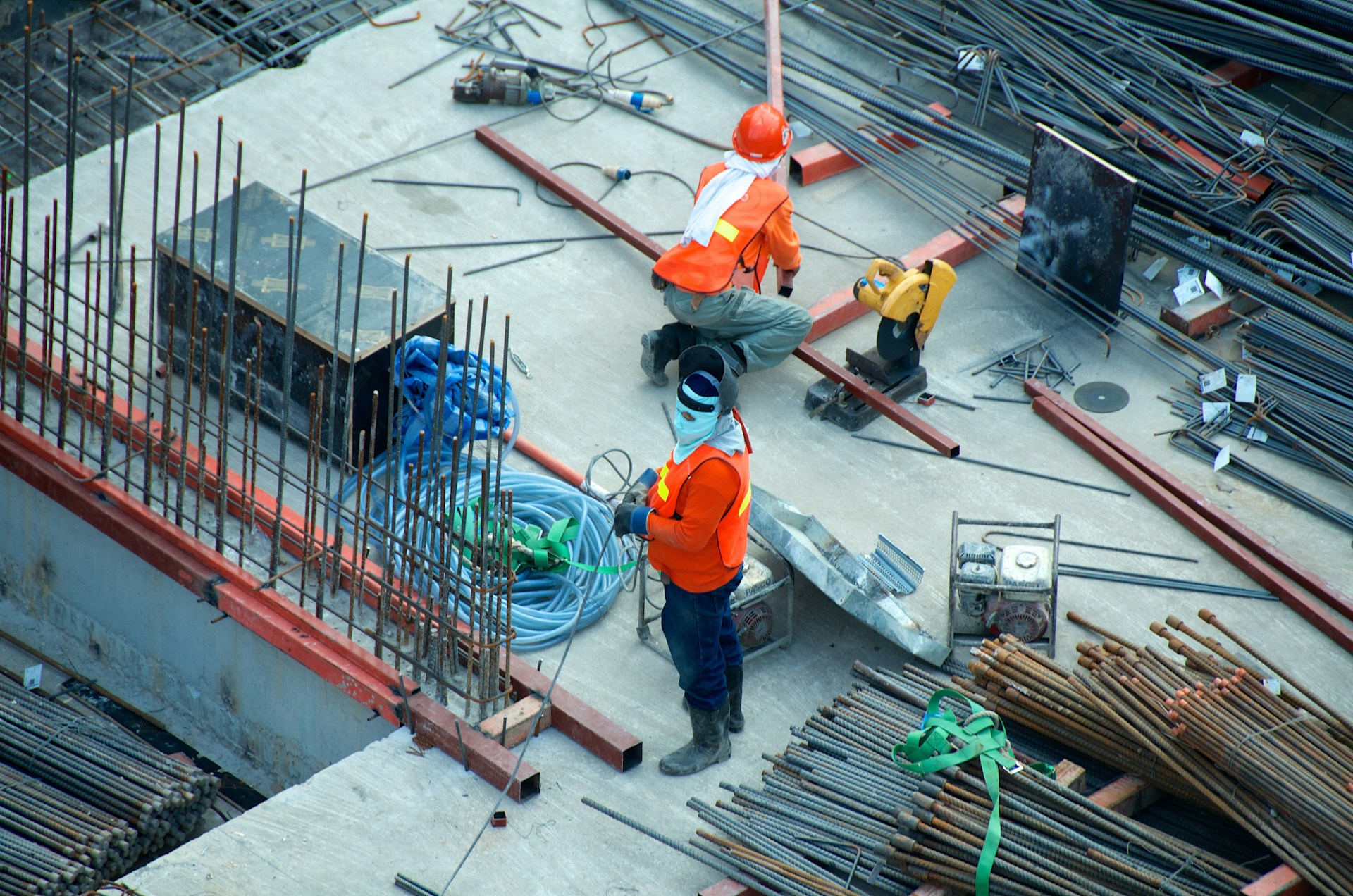
Pull plans are becoming increasingly popular in construction management. In short, it is a method for performing construction work in a different order. And great involvement from your team.
Imagine seeing rows of dominoes arranged in different rows. Each domino is independent but at the same time part of a larger whole. The domino at the end of creation cannot fall until everyone falls. This is exactly what happens with a pull plan, which is one of the best construction management methods.
Dragging plans are beginning to replace many planning systems. Let’s take a look at what a pull strategy is and why you should implement it into your system.
Building regulations are often different from those that apply to other jobs, because many of the jobs that are being done depend on other jobs that need to be completed first. This is where the pull strategy comes into play. This process is very effective in ensuring that everything is completed on time.
What is a pull strategy?
A good extraction plan starts with someone with experience Pulling the charge. It is a collaborative process that involves those responsible for completing the project. These team members start with the end goal of the project and go step by step. In doing so, a clear plan is drawn up and a well-planned workflow is developed.
Placing a plan in a structure is a process of reverse engineering, with a lot of support. Pull strategy differs from traditional models by focusing on the end point instead of starting at the beginning. It also uses a collaborative team effort rather than direction based solely on one person (usually a general contractor or supervisor) using their best knowledge. The workflow is outlined visually using handwritten task notes and colored sticky notes. Each note represents a different important part of the project: “Kitchen installation” for example.
Make sure you have plenty of room to work and set up a timeline with enough room to add and change it beforehand. Using colored sticky notes is the easiest way for everyone on the team to add their details (and update the expected time) and other important things to complete the project. This will visually reveal the way to get the job done quickly and with many resources.
You also want to create a timeline within a week or more of a specific period and ensure that all processes and activities are in order. By defining a clear workflow, you and your team know what needs to be completed before the kitchen island is installed. Looking at the schedule and notes, everyone involved in the project can determine the current status and speed of each project.
Collaborating with everyone in the environment allows you to blend everyone’s expertise and identify potential problems in the future. This saves you time and money in your project and reduces costs and redundancy. The artists from each part of the project are not the only ones who are part of the “brain trust” for your design. This process requires many Pullers to be effective. Participants should always be involved in planning and feedback:
- President
- Supervisor
- Design manager
- Owner’s representative
- Business manager for any related project
- The organizer
- Project Manager
- Security officer
- Assurance Manager
Bringing all of these together will keep your team on the same page and working together towards a common goal. It’s important to note that you should only add members, otherwise it will be difficult to get buy-in. The pull strategy uses a simple three-step process that makes the process easier. These three commands are organized in this order revolving around the words “Pull”, “Sync” and “Transfer”. They create a process known as a pull schedule and allow you to stay on schedule for all of your future projects.
Draw the Best Strategy
Although this is usually done with colored sticky notes, many home automation tools are emerging to manage the digital printing process. Apart from the visualization that sticky notes provide, there are many factors in planning for construction and their success depends on how planning is done.
Here, we present the best design of pulling, simple:
- Get your team together and get everyone involved. Include all team pullers and key stakeholders in the mission and each of them contributes important data and processes to accomplish your mission.
- Set your standards and follow them. Create important milestones for the completion of the work process that will ensure you get your work done without interruption. Once they are installed, you can customize your schedule and their workflow, including activities and activities recommended to achieve these milestones.
- Organize your activities. After you find your schedule, record all of your specific activities on your calendar.
- Plan a long time. Set a time for each planned event.
- Make your weekly plans. From your schedule, figure out how to outline your activities and tasks in a weekly work plan. Schedule daily meetings.
- Holding a daily meeting before each work day allows the supervisor to review all activities to keep the work on track.
- Schedule weekly meetings. Weekly meetings allow the project manager to review the weekly work plan and make any necessary changes.
- Update plan. Updating the plan based on the results of the daily and weekly meetings allows you to have a basis for adjusting the overall work process.